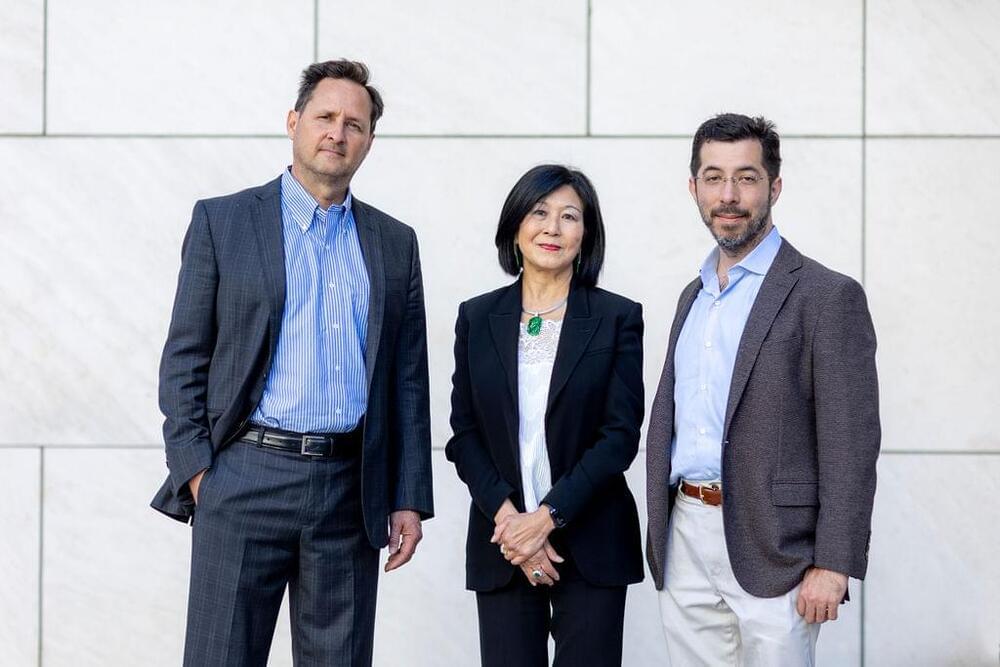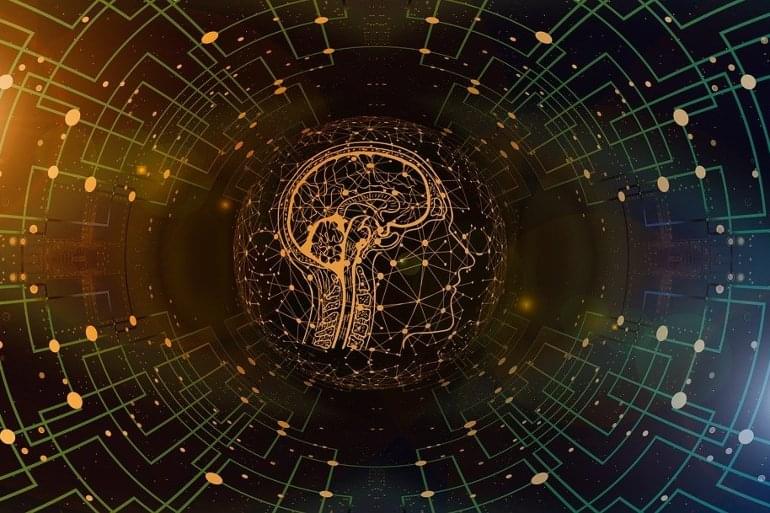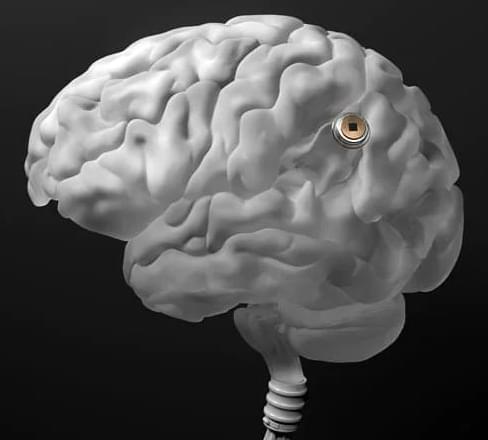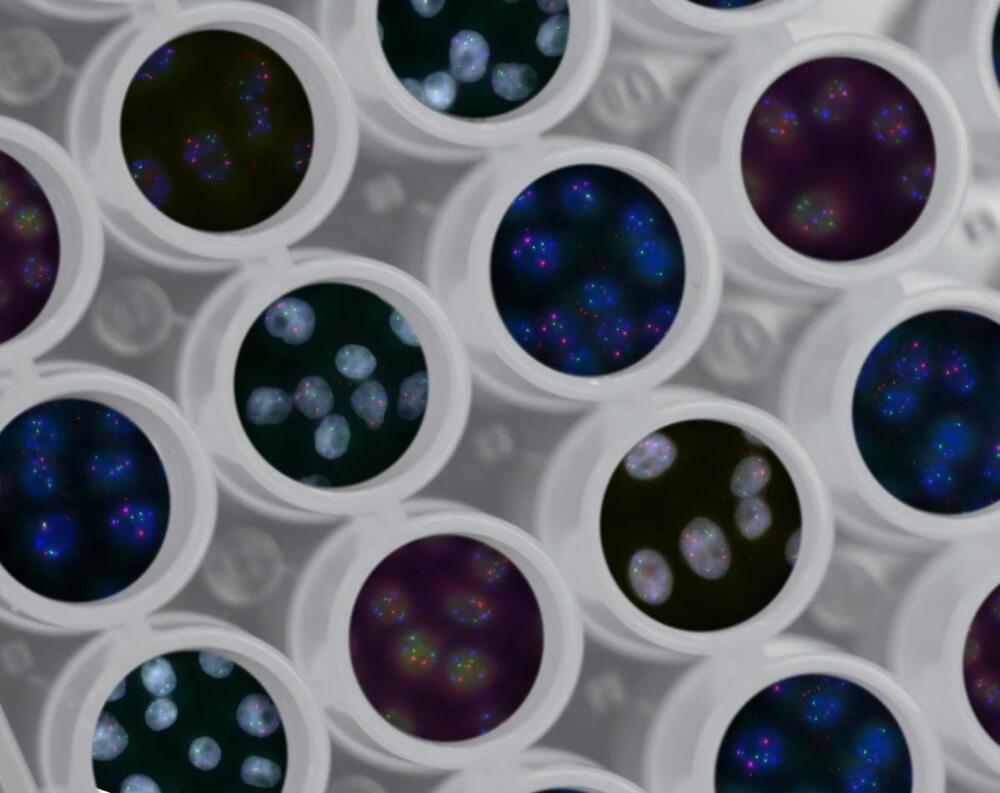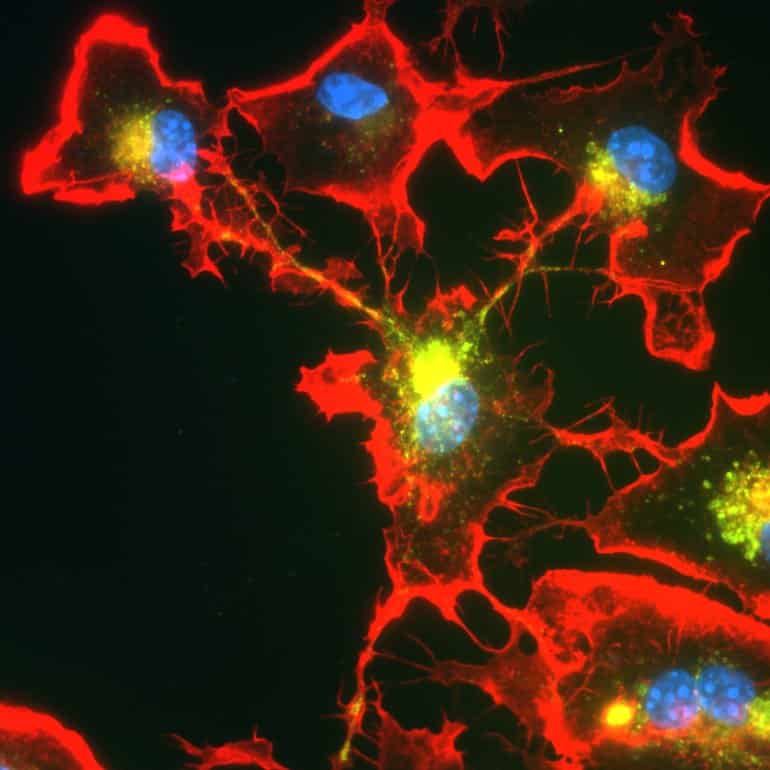A weird and brilliantly effective optical illusion that has gone viral on the internet tricks your brain into seeing a color image … but if you look closely you will notice that the photo you are looking at is only black and white.
The viral image was created by artist and developer Øyvind Kolås who carefully overlaid red, orange, yellow, blue, and green grid lines over black and white images.
“An over-saturated coloured grid overlaid on a grayscale image causes the grayscale cells to be perceived as having colour,” Kolås explains on his Patreon page.



